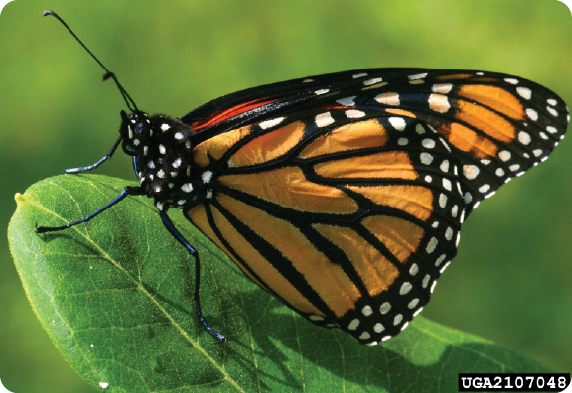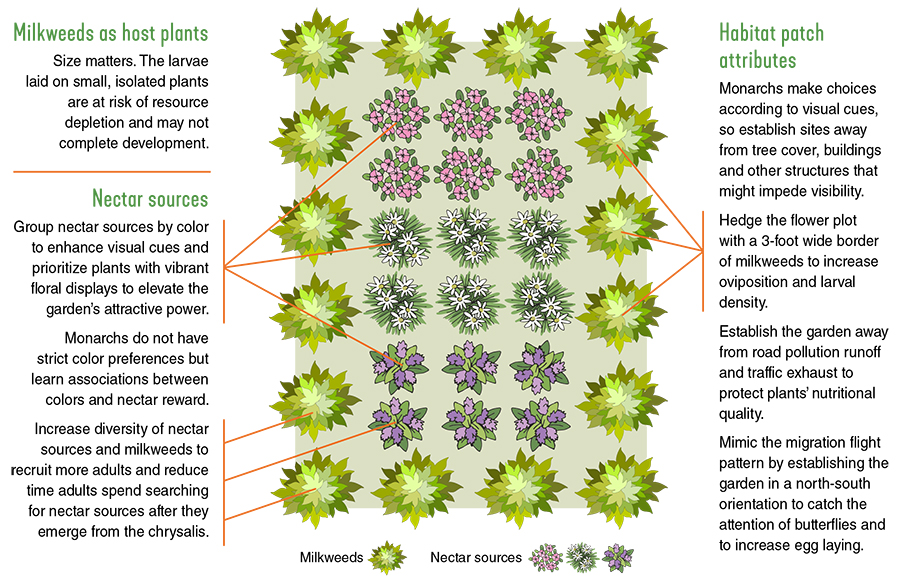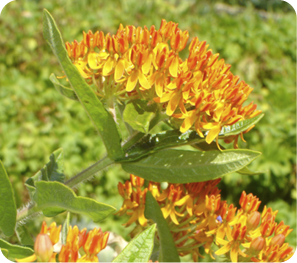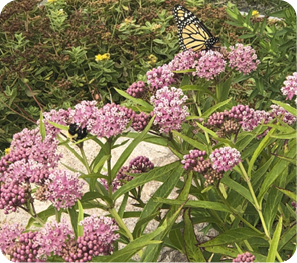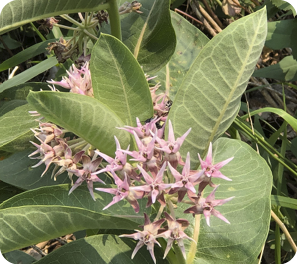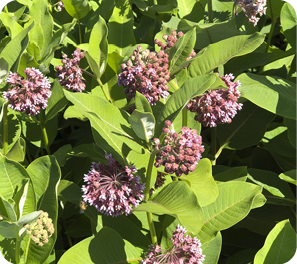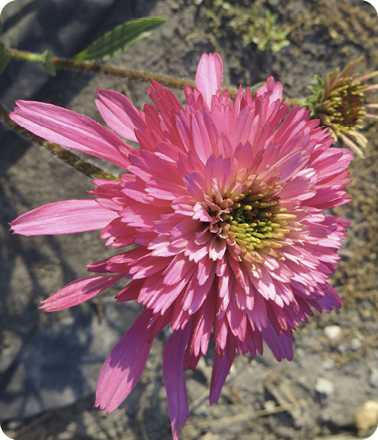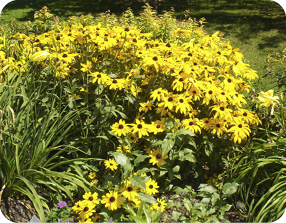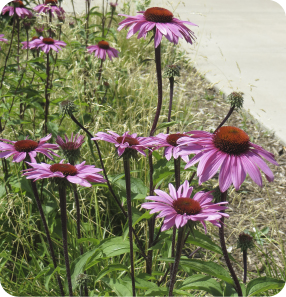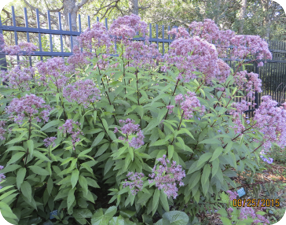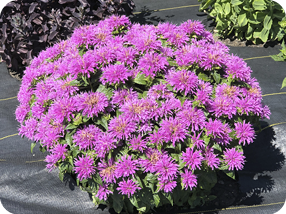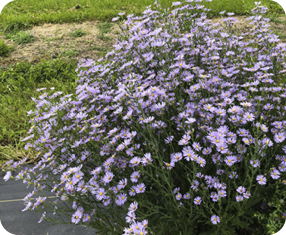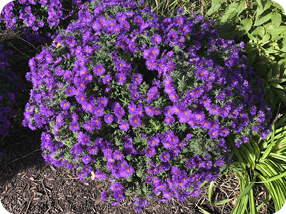Baker, A. M., & Potter, D. A. (2019). Configuration and Location of Small Urban Gardens Affect Colonization by Monarch Butterflies. Frontiers in Ecology and Evolution, 7, Article 474. https://doi.org/10.3389/fevo.2019.00474
Cepero, L. C., Rosenwald, L. C., & Weiss, M. R. (2015). The Relative Importance of Flower Color and Shape for the Foraging Monarch Butterfly (Lepidoptera: Nymphalidae). Journal of Insect Behavior, 28(4), 499-511. https://doi.org/10.1007/s10905-015-9519-z
Cutting, B. T., & Tallamy, D. W. (2015). An Evaluation of Butterfly Gardens for Restoring Environmental for the Monarch Butterfly (Lepidoptera: Danaidae). Environmental Entomology, 44(5), 1328-1335.
https://doi.org/10.1093/ee/nvv111
Ladner, D. T., & Altizer, S. (2005). Oviposition preference and larval performance of North American monarch butterflies on four Asclepias species. Entomologia Experimentalis et Applicata, 116(1), 9-20.
https://doi.org/10.1111/j.1570-7458.2005.00308.x
Mitchell, T. S., Agnew, L., Meyer, R., Sikkink, K. L., Oberhauser, K. S., Borer, E. T., & Snell-Rood, E. C. (2020). Traffic influences nutritional quality of roadside plants for monarch caterpillars. Science of the Total Environment, 724, Article 138045.
https://doi.org/10.1016/j.scitotenv.2020.138045
Pleasants, J. (2017). Milkweed restoration in the Midwest for monarch butterfly recovery: estimates of milkweeds lost, milkweeds remaining and milkweeds that must be added to increase the monarch population. Insect Conservation and Diversity, 10(1), 42-53.
https://doi.org/10.1111/icad.12198
